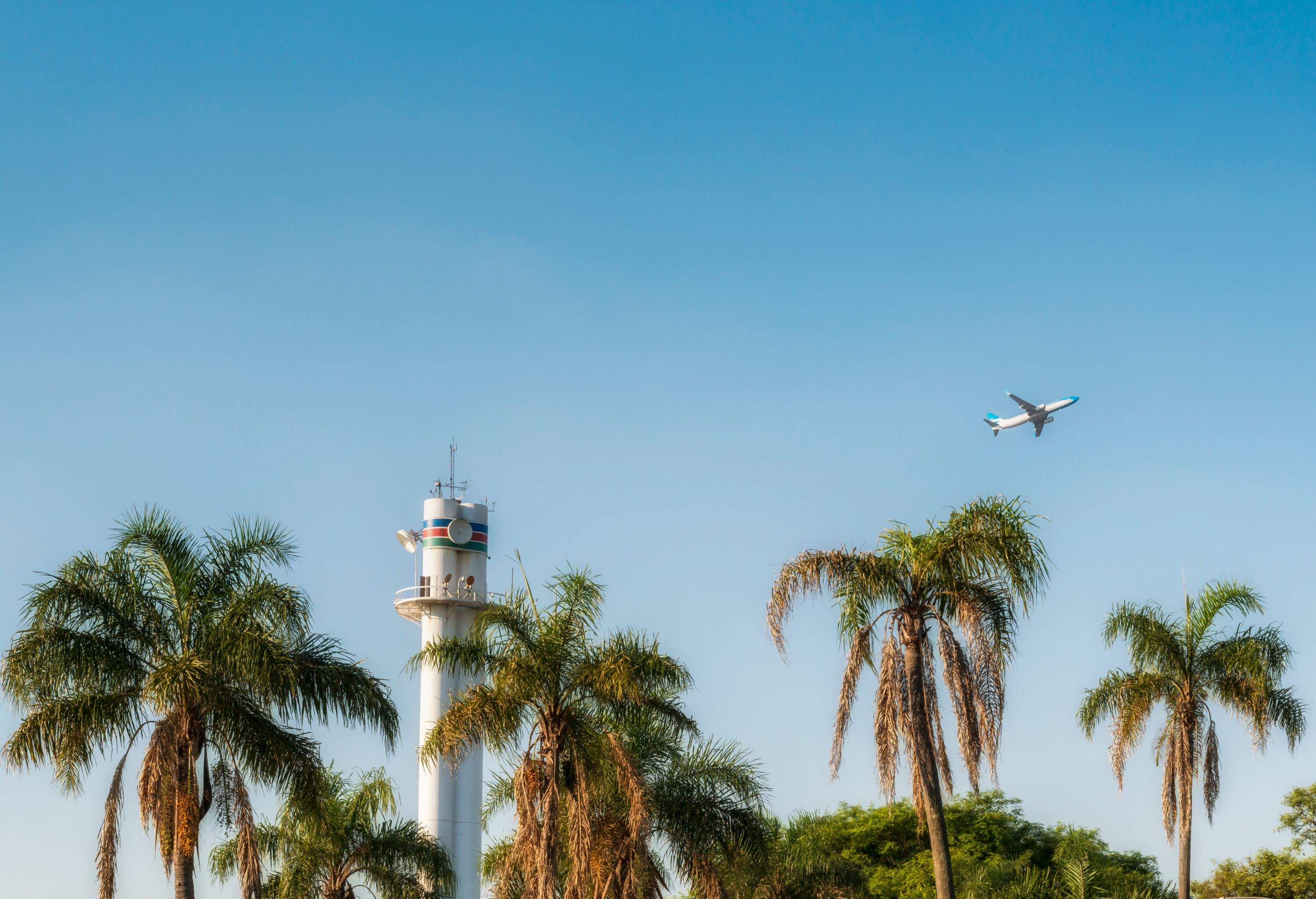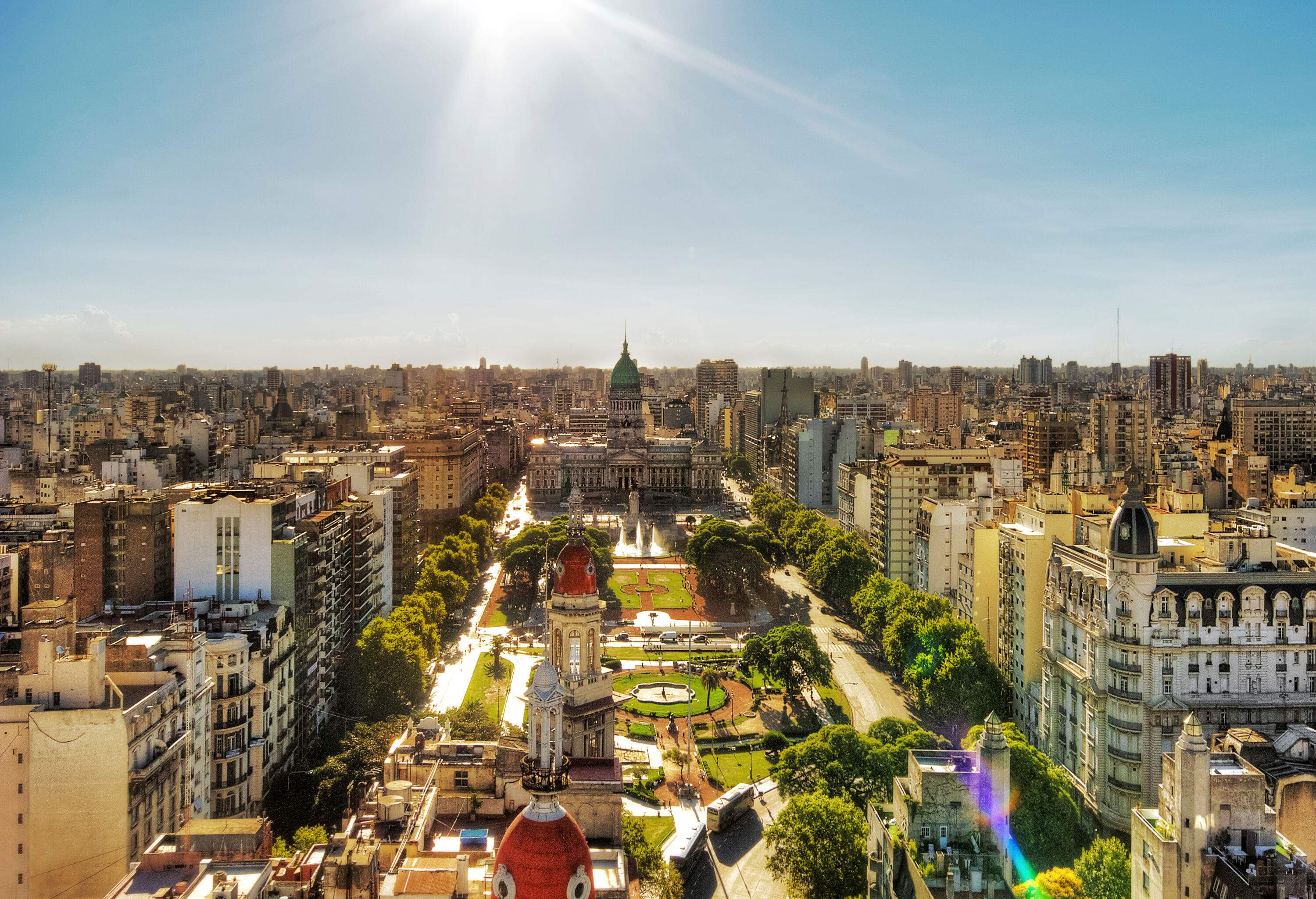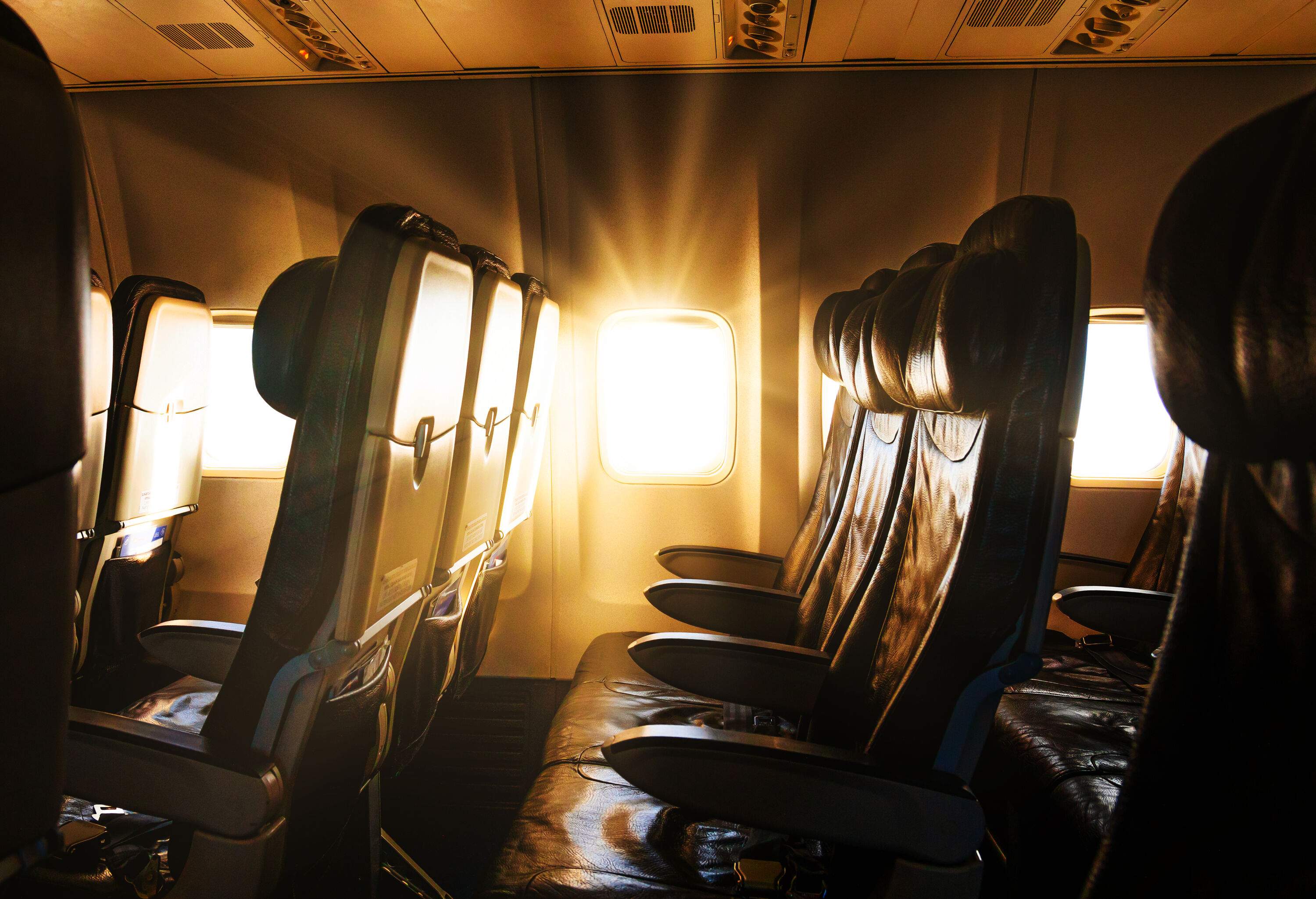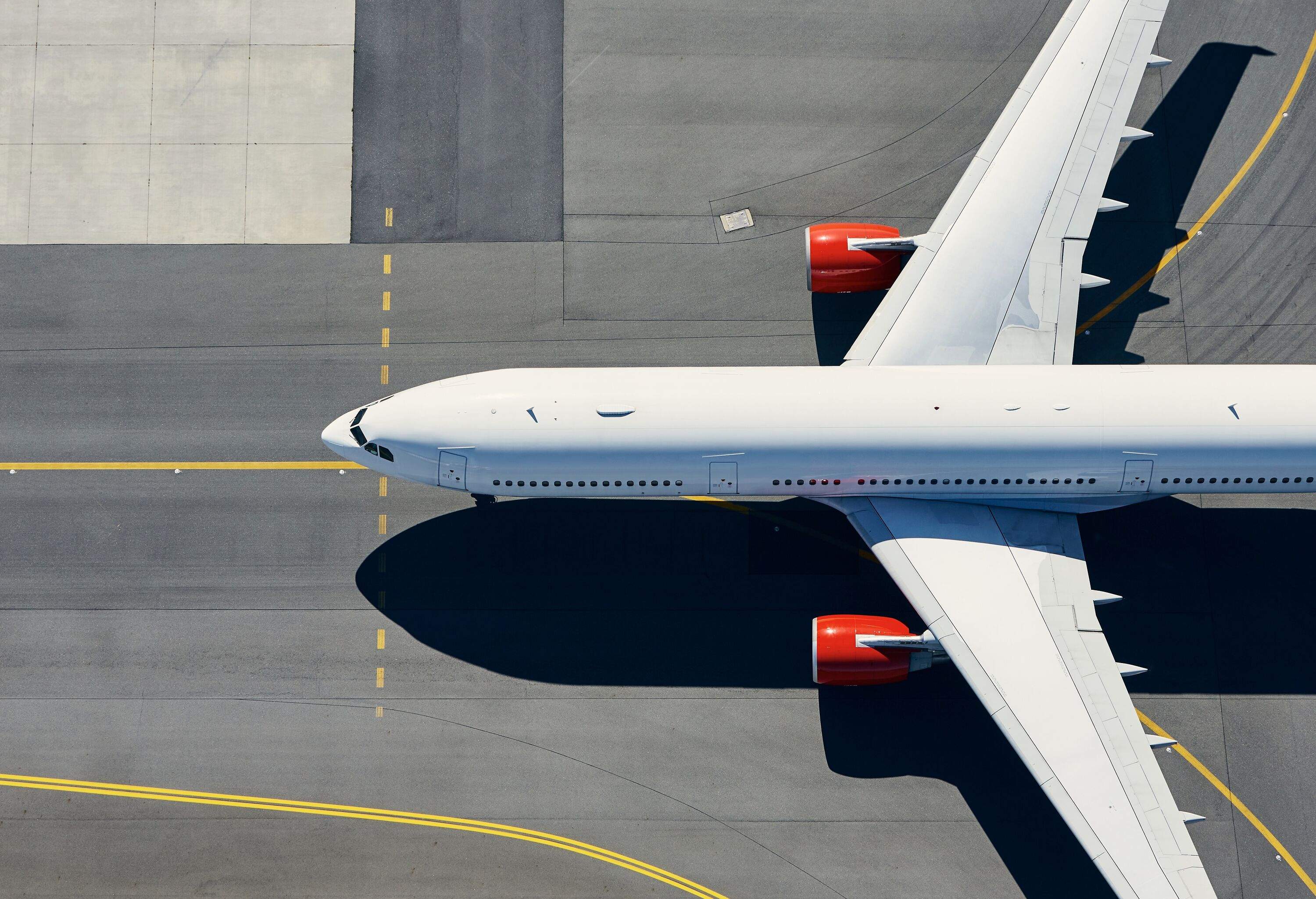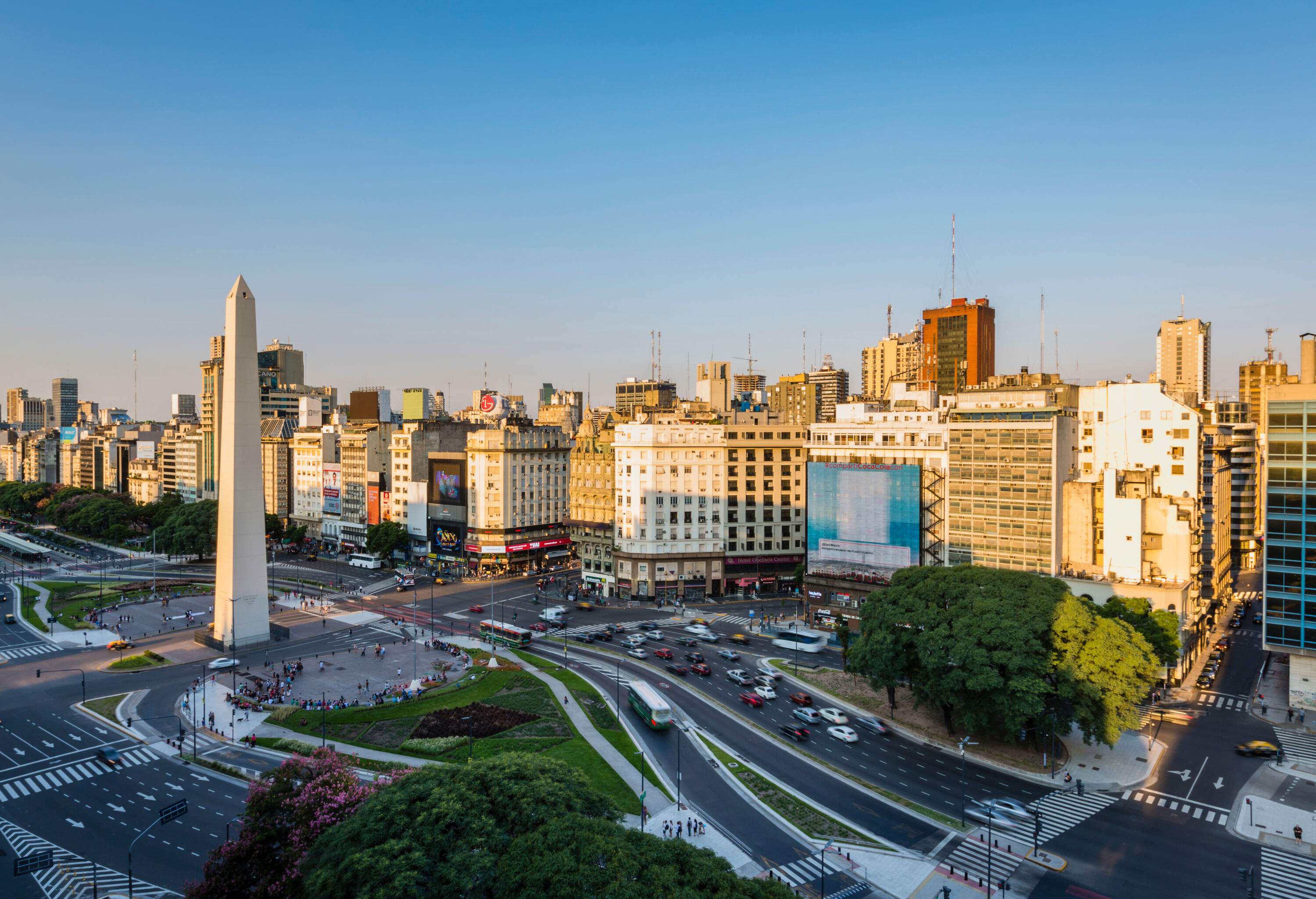Flying into Buenos Aires is always exciting; it’s the gateway to some of the most sophisticated offerings in South America. I’ve done extensive traveling in South America and have flown in and out of the two Buenos Aires airports multiple times. In this article, I’ll clue you into the key differences between Buenos Aires Ministro Pistarini International Airport (EZE) and Jorge Newbery Airport (AEP) to ensure you make the right decision when booking your flights in and out of Argentina.
Buenos Aires Ministro Pistarini International Airport (EZE)
There are just two airports in Buenos Aires that serve commercial passengers. Buenos Aires Ministro Pistarini International Airport (EZE) – also known as Pistarini Airport – is the largest and most complex option in the city thanks to the number of international flight paths it offers. This will likely be the airport you fly into from the US.
How to get there
Getting to Buenos Aires Ministro Pistarini International Airport from the city center takes about an hour by taxi or about two hours by public transit (which I don’t recommend trying unless you’re a seasoned local). The airport is located about 20 miles away, but traffic can cause significant delays, especially if you’re commuting in rush hour.
I usually prefer to take public transportation from the airport to save some money and experience the city more locally, but in Buenos Aires, I strongly recommend opting for a metered taxi or Uber to ensure you get where you need to go easily and efficiently.
Terminals
Pistarini Airport is divided into three different terminal buildings, with each one connected via a walkway. The decent walkability of the airport makes it easy to get between each terminal, even if you find yourself lost or turned around while looking for your check-in counter.
Terminal A is the oldest terminal in the airport and currently serves international flights exclusively (and will probably be where you land if you’re coming from North America). Terminal B provides service to both international and domestic flights, while Terminal C is reserved exclusively for domestic flights within Argentina and is relatively small compared to the other two terminals.
Amenities

Although Pistarini Airport is the main aviation hub of the city, it has a small but mighty number of things to see and do. There are plenty of duty-free and souvenir shops to browse for last-minute retail therapy. There are also a handful of well-known chain restaurants and coffee shops, like Starbucks, Le Pain Quotidien, and Brioche Dorée.
It’s worth noting that this airport also has free Wi-Fi throughout and plenty of spots to stop and rest (although there are unfortunately no nap pods), so it might be worth queuing up some streaming series to kill the time before your flight boards.
Personal recommendations for Buenos Aires Ministro Pistarini International Airport (EZE)
Buenos Aires Ministro Pistarini International Airport has a pretty basic layout once you’ve gotten through security (which tends to go pretty fast – I’ve never had to wait for more than 20 minutes here).
Jorge Newbery Airport (AEP)

Jorge Newbery Airport (AEP) – also known simply as Aeroparque – is the best Buenos Aires airport for traveling domestically or hopping aboard shorter international flights within South America. It’s considered the main hub for South American and domestic travel and is very well located for quick and easy commutes into the city center.
How to get there
Jorge Newbery Airport is conveniently located about a mile northwest of the Buenos Aires city center, which makes it pretty fast and easy to get to and from when flying domestically – with no traffic you’ll arrive in less than half an hour. Honestly, I wish this airport offered more international flights because it’s so much easier to get to than EZE.
However, I would recommend booking a metered taxi or Uber to get to and from this airport, as taking public transit would still take about 40 minutes to an hour, and getting a SUBE card (the public transit pass required for riding the bus or metro) in Buenos Aires is about as likely as winning the lottery due to inflation and card shortages.
Terminals
Jorge Newbery Airport is much smaller than Buenos Aires Ministro Pistarini International Airport and has just one single terminal. Despite its small size, the Aeroparque tends to be very busy and is almost always packed with travelers taking low-cost carriers like JetSmart to neighboring countries such as Uruguay and Chile.
Don’t let the single terminal layout fool you: you’ll want to ensure you arrive at this Buenos Aires airport with lots of time (at least the recommended three hours) to get through airport security and find your gate without having to stress over any potential lines or delays you might experience.
Amenities

You won’t find a ton of shopping or dining at Jorge Newbery Airport, but there are a few decent tourist shops and duty-free spots to peruse while waiting for your flight. There’s also a pharmacy and a bank should you need any last-minute cash withdrawals or medicine.
The restaurant and bar offerings are also limited, but you’ll find some cool local spots like El Club de la Milanesa and the infamous Florida Garden in case you want to indulge in one last classic Buenos Aires meal before takeoff. There’s also an assortment of big-name American brands like Burger King, Hard Rock Cafe, and McDonald’s if that suits your fancy.
Personal recommendations for Jorge Newbery Airport (AEP)
Jorge Newbery Airport is pretty basic in terms of amenities and although I swear by getting to the airport early, I tend to post up at McDonald’s or Starbucks and take advantage of the free Wi-Fi and relatively cheap coffee while I wait. There are no private lounges here – which I usually take full advantage of – but finding a spot away from the crowds makes the waiting game feasible.
Buenos Aires airports: Which one is the best to fly from and into
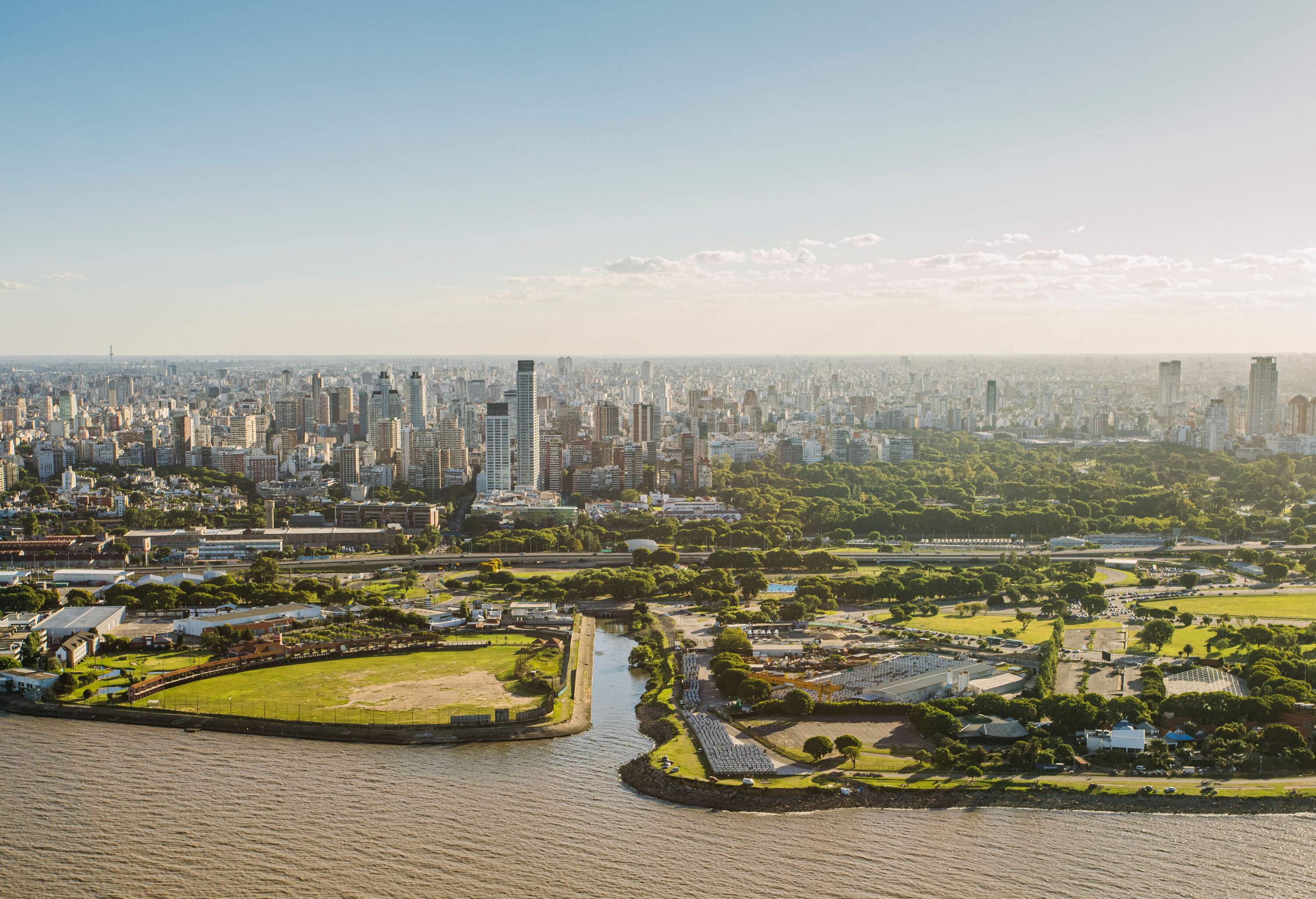
The best Buenos Aires airports to fly from and into really depends on the location you’re headed to or coming from, above all else. Unfortunately, in Buenos Aires, you can’t really pick and choose which airport to frequent based on personal preference.
Jorge Newbery Airport is certainly going to be easier to get to from the city center and is much easier to navigate overall, but it only offers domestic and short-haul international flights within South America. Buenos Aires Ministro Pistarini International Airport is much more complex to get to and can be more difficult to navigate, but it is the best (and only) option for longer international flights to destinations outside of South America.
Some last words
The two airports in Buenos Aires are pretty simple and easy to navigate. And while one isn’t necessarily better than the other, you’ll likely choose the airport that works best for you based on your flight schedule, your itinerary, or the Buenos Aires airport hotel you’ve checked into. If you need more information about international air travel, be sure to check out our international airport guide.

